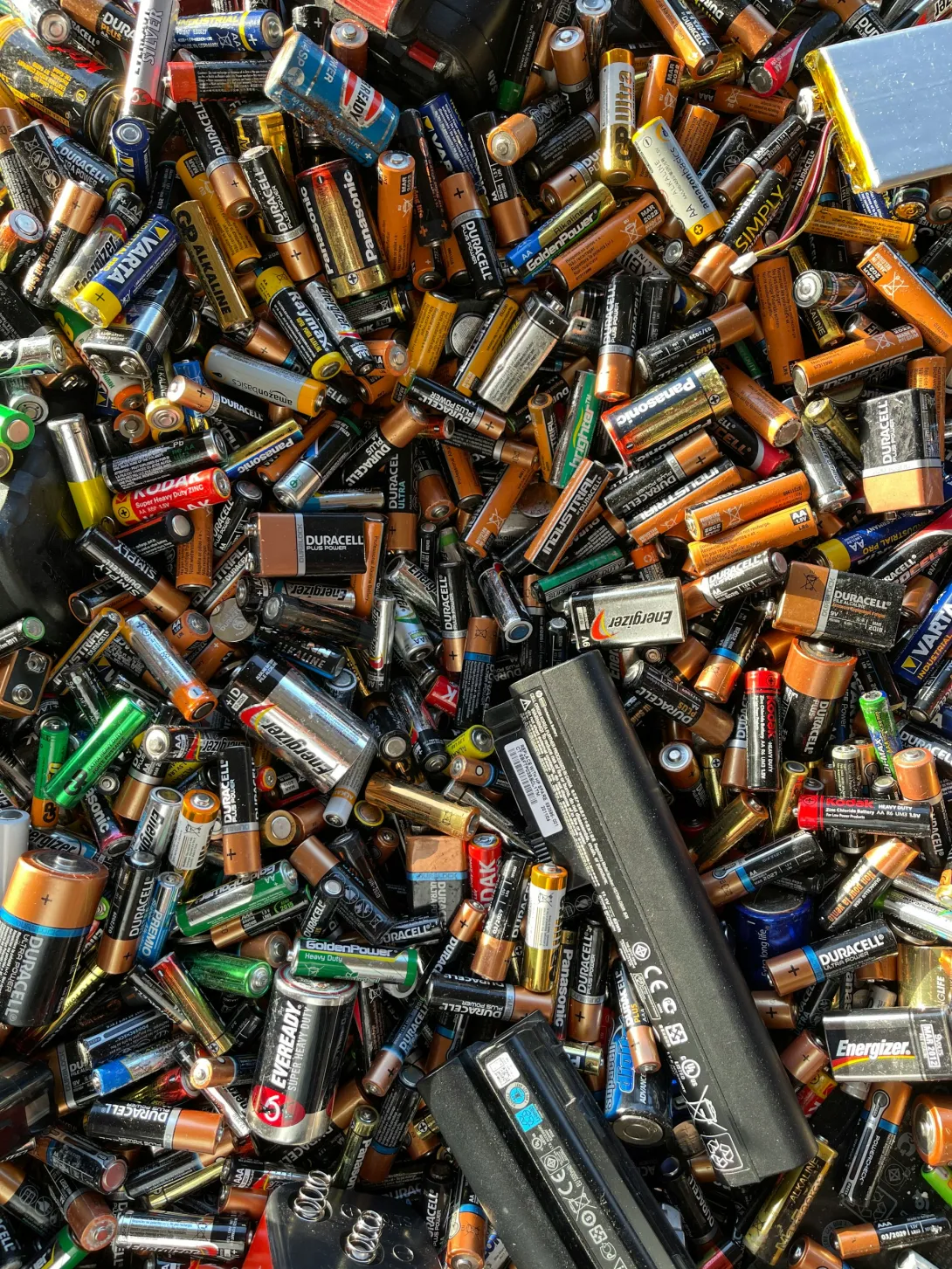
I’m not sure what size electrical system I need. Back of the napkin, and with my personality, I feel like 200W of solar, a DC-to-DC Charger, and 400Ah of usable battery banks would suit me well but… That also is an extremely expensive solution that I haven’t demonstrated I need.
When I sit down to think about what I’m going to do with the van, and what my demands are it paints a different picture. The things I want to run are:
- Compressor fridge (I already own one, will review it soon)
- Peplink LTE Router (I already own one, will review it soon)
- Ambient and Task lighting (I’ll be testing and reviewing some stuff soon)
- Charging laptops and tablets (I'll talk about ways to do this efficiently too)
Then I think about how I’m going to use the van. I don’t intend to stay stationary for more than a day or two (especially without shore power) so charging from the alternator is sufficient for a first stab. Likewise, if I will be charging daily from a reliable source (the engine) I don’t need to carry around a huge battery bank like I would with solar. I already own propane and butane cooking equipment that will be the first round of kitchen gear that comes with me, so there isn’t a large energy demand for cooking, and I am not yet committed to heating/cooling the cabin of the van when it’s not underway.
Ok, so this doesn’t seem like a massive load. The compressor fridge and router are going to be the top demands, and I believe under normal load they will use about 20–40 watt-hours. That’s well within the capabilities of the off-the-shelf “solar generators” so let’s start making a list of features we’d like to have for one.
- Ability to charge from car 12v outlets
- Ability to charge from 120v outlets at home or wherever
- Ability to output while charging
- 200+ watt-hours of capacity
- Either regulated 12v output or LiFePo4 battery chemistry
- MPPT Solar Charge Controller
- 45 Watt USB-C
Well, looking at that list one unit immediately popped to mind from a YouTube video I watched a few weeks ago… This unit meets my needs, and due to the LiFePo4 battery chemistry is rated by the manufacturer for 2000 charge cycles — but in practice this chemistry is known to do 4000–8000 cycles without significant degradation. This is significantly longer than most units on the market which are using NMC batteries which are advertised between 500–1000 charge cycles which is close to what this chemistry offers.
With the efficient charge controller and the battery that will tolerate a large number of cycles, this device should provide a meaningful gauge of what works and what doesn’t. I’ll reserve one in the front of the van for charging gadgets and devices, and one in the rear for the fridge and start with charging them from the alternator. When longer trips start to crop up, and the temperature rises, I’ll look at investing in a couple briefcase solar panels to extend the runtime between drives.